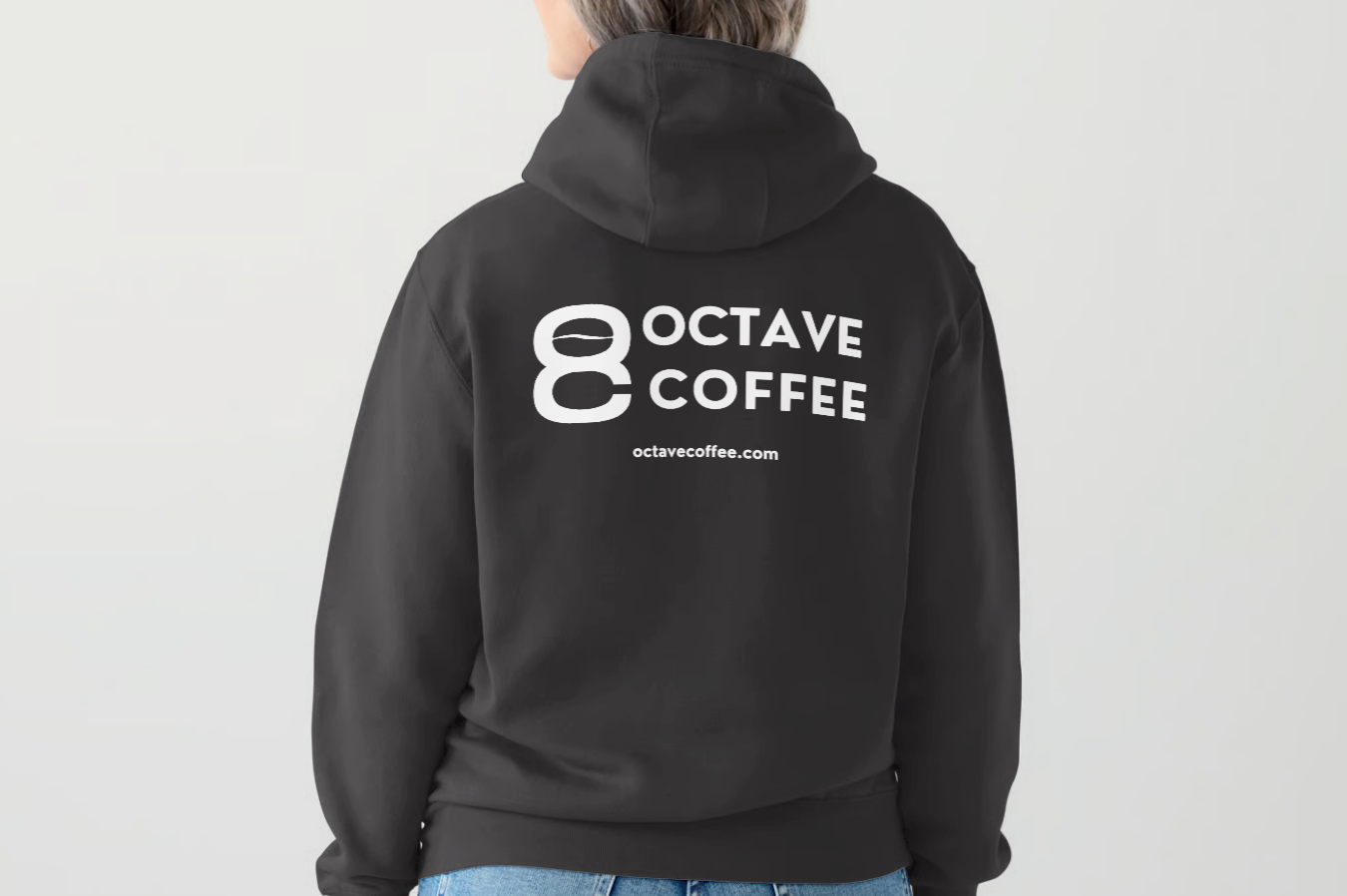
Caffeine: Arabica vs. Robusta | A Gentle Sip vs. A Bold Kick
Compartir
Examining specific levels of caffeine, flavor profiles, and other defining characteristics in Arabica and Robusta, we'll illustrate how these factors inform your home barista choices.
Arabica's Gentler Sip:
Caffeine Content Variability:
The cooler temperatures and higher elevations where Arabica is grown result in a slower maturation process, leading to a smoother flavor but lower caffeine levels. This geographical distinction plays a significant role in shaping the characteristics of these two popular coffee varieties.
Arabica's milder nature is reflected in its caffeine content, averaging 1.2% to 1.5% by weight. On a practical scale, this equates to roughly 12 to 15 milligrams of caffeine per gram of coffee beans. While providing a gentle kick, the variability among Arabica beans allows for precise adjustments to suit individual preferences. Want more caffeine and flavor? Raise your dose levels and steep time, without affecting the overall taste profile too much.
Flavor Profile Harmony:
Arabica's nuanced flavors, complemented by lower caffeine levels, create a balanced experience. With the ability to customize your caffeine intake, each cup becomes a tailored exploration of taste.
Robusta's Bold Kick:
Caffeine Consistency:
Robusta's bolder kick comes with a higher caffeine content, typically ranging from 2.2% to 2.7% by weight. This translates to approximately 22 to 27 milligrams of caffeine per gram of coffee beans. The consistent nature of Robusta's caffeine levels provides a stable foundation for those who seek a more intense coffee experience.
Flavor Strength and Intensity:
Robusta's full-bodied profile, coupled with higher caffeine, delivers a "stronger" flavor compared to Arabica. I use quotations to describe the comparison, because you can calibrate the intensity with dosing levels, brew time, water temperature, etc. However, when all of those are constant, Robusta's reputation is boldness, satisfying those who prefer a more intense coffee kick.
Additional Considerations:
Factoring the influence of roast level, brewing methods, and bean varieties, we recognize that the variance in these elements further refines and influences the coffee experience. Darker roasts, for instance, provide a slightly lower caffeine content, offering a subtle counterbalance to say the naturally higher occurring caffeine content of the robusta bean.
Decaffeinated Coffee as an Alternative:
For those opting for even different caffeine levels, decaffeinated coffee becomes a viable alternative. While not 100% caffeine-free, the precision in the decaffeination processes allows for a controlled reduction in caffeine levels.
Closing Thoughts:
Arabica and Robusta coffees, with their different caffeine levels and nuanced characteristics, offer a large landscape for tailored coffee exploration. Understanding the specifics empowers coffee lovers to create a personalized experience, whether it's the gentle sip of Arabica or the bold kick of Robusta.
Related Posts
-

Embrace Italian Indulgence: A Guide to Perfect Affogato Shots
Index: Introduction Ingredients Instructions Brew Espresso the Italian Way Prepare Gelato with Italian Flair Cr...
-

Shake It Up: Octave Coffee's Shaken Espresso Recipe
Hey coffee lovers! Ready to add a little shake to your coffee game? We've got a game-changer for you – the Octave Sha...
I recently discovered this local coffee company, Octave, and sent a message to their Instagram page. The owner immediately wrote back answering all my questions about what roast blend I should try according to my likes/dislikes. I ordered the two roasts he recommended that my husband and I should try and they DID NOT DISAPPOINT!! they were delivered freshly roasted and ground, and had wonderful flavor. We will definitely be trying their other blends in the future. I love having someone local and super friendly that I felt comfortable to ask questions and get exactly what I wanted. I highly recommend giving Octave a try!
I tried the LO-FI Roast Sumatra. I ground the beans for a stovetop, Bialetti espresso pot. The coffee flavor was very smooth and I enjoyed sipping it slowly, while reading a book. I also tried it as an espresso shot, and the dark chocolate note came through even more pronounced. I highly recommend this blend. Thanks Octave Coffee!
Man oh man, I was able to get my hands on the hip hop blend and must say using a v60 made it a great experience.
Tea like notes really came through! Subtle.
Could taste that blueberry, not as much citrus as expected but lovely finish.
I also had a chance to brew some up with a splash of cream and noticed that the cream gave a nice balance didn’t throw off the profile much.
Would highly recommend the hip hop, excited to venture in some other blends and single origins.
Some of the best and freshest coffee I've ever had. Easy ordering and fast delivery. This coffee (Funk, Folk, Hip-Hop, Classical, and Grunge Rock so far) tastes so smooth and complex. Kinda like it was roasted this week instead of last year, because it was! (unlike the coffee beans I've been buying at the grocery store) Steve and company are so knowledgeable and friendly. The music themes on their coffee, their website and Instagram are cool, amusing, and actually informative. If you enjoy great, fresh roasted coffee, you owe it to yourself to try any of Octave Coffee's selections.
Ordered three whole bean bags, shipped very fast with great packaging. First blend bag done; on to the second one. Both bags have a strong yet smooth taste with no bitterness. Bean quality is excellent and good resealable (not twisted!) bags are a plus! Highly recommend!! :)





